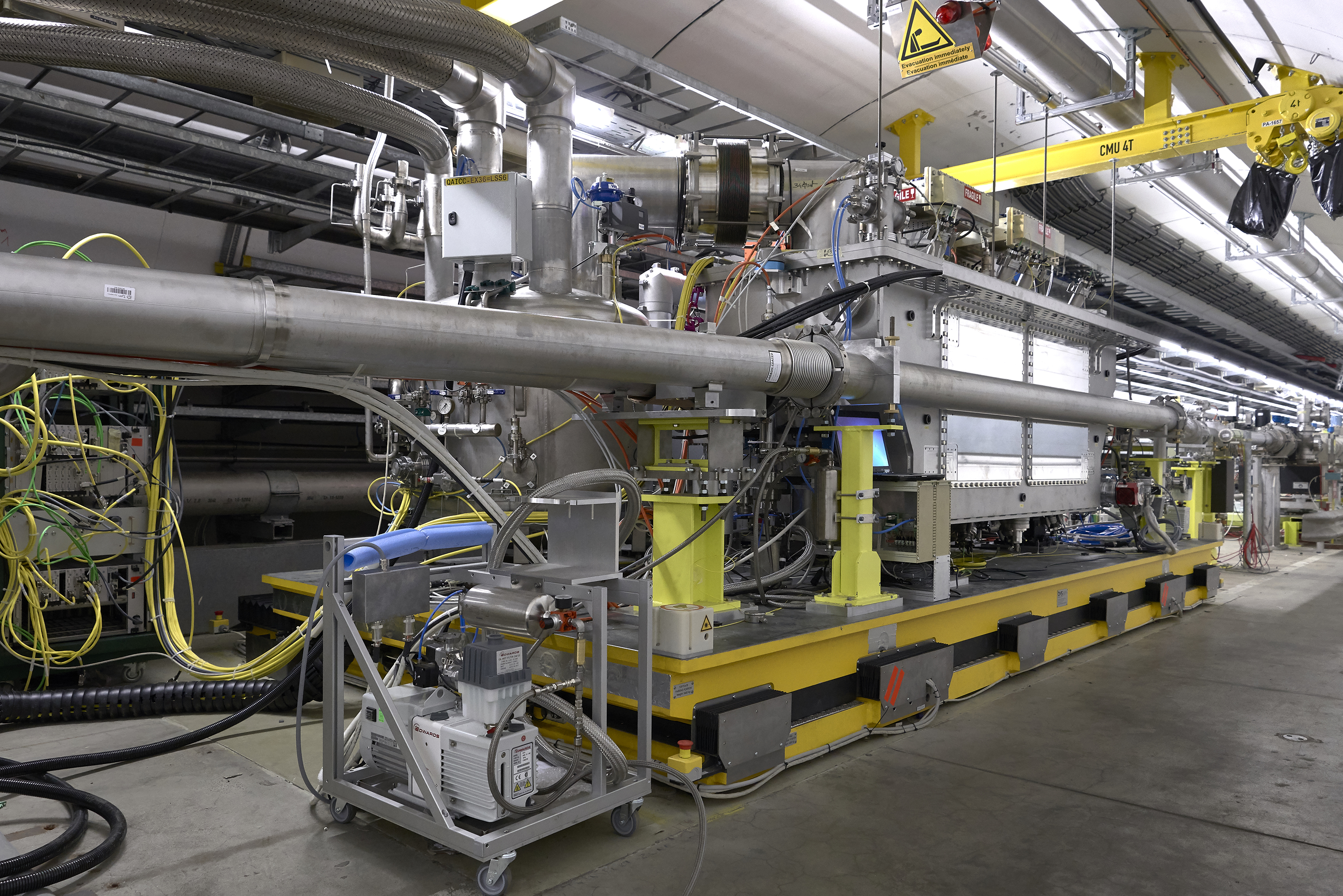
The Large Hadron Collider (LHC) was successfully commissioned in 2010 for proton-proton collisions with a 7 TeV centre-of-mass energy and is now delivering 13 TeV centre-of-mass proton collisions. The LHC is pushing the limits of human knowledge, enabling physicists to go beyond the Standard Model - the Higgs discovery was announced in 2012 – and the LHC has the potential to go on and help answer some of the key questions of our age: the existence, or not, of supersymmetry; the nature of dark matter; the existence of extra dimensions and studying the Higgs boson in more detail. To extend its discovery potential and reduce statistical error, the LHC will need a major upgrade in the 2020s to significantly increase the number of particle collisions, allowing physicists to learn more about the properties of the Higgs Boson and look for evidence of Dark Matter. This is known as High Luminosity LHC (HL-LHC). The upgrade requires extensive hardware changes to the accelerator and the detectors.
Scientists, engineers and technicians from UK research organisations have embarked on a £26M project to help deliver this upgrade. This project is led by the University of Manchester, alongside the Science and Technology Facilities Council (STFC), CERN, the Cockcroft Institute, the John Adams Institute, and seven other UK Universities.
Phase 1 of HL-LHC-UK is close to concluding and will deliver many hardware prototypes and simulation studies. Phase 2 is a new five-year project launching this year. The project shall continue the success of HL-LHC-UK, delivering essential hardware to the upgraded collider, with many parts expected to come from UK industry. This will include crab cavity cryomodules, cold-boxes for cold powering, beam diagnostics hardware, as well as collimation studies. Essential hardware and project management will be provided by STFC’s Daresbury Laboratory in the Liverpool City Region, in partnership with other project partners and UK industry.

The five areas of HL-LHC-UK phase 2 are:
- The dynamics of high-intensity and high-energy proton beams, using mathematics and computers.
- The development and manufacture of cryomodules to house transverse deflecting cavities, known as crab cavities, which operate at -271°C. Lancaster will be involved in the production and testing of these cryomodules, and are responsible for the outer vacuum vessel.
- The development of novel beam diagnostics to measure the beam properties.
- The delivery of sophisticated cold powering solutions, which allow for the transfer of electrical power from the earth’s surface and at room temperature to the LHC, which is 100 meters below ground and working at below -269°C.
- In-situ laser treatment of the accelerator beam screens to prevent unwanted particles from being released into the machine, which can severely affect performance.
Professor Rob Appleby, accelerator scientist at The University of Manchester and spokesperson for the project, said: “The HL-LHC-UK2 project gives the UK a leading position in high-luminosity collider science and will drastically improve the potential for the Large Hadron Collider to enable new discoveries in the frontier of physics.”
Professor Mark Thomson, particle physicist and Executive Chair of STFC, is keen to ensure that the project helps to develop the UK’s knowledge economy and said: “This is a significant undertaking, yet one with fantastic benefits for the UK. The aim is for this project to involve UK industry at every stage, with specialist companies being invited to bid for contracts to manufacture parts for the Large Hadron Collider.”
Other universities involved in the consortium are: Lancaster University, University of Liverpool, University of Oxford, University of Royal Holloway, University of Southampton, University of Dundee and the University of Huddersfield.
